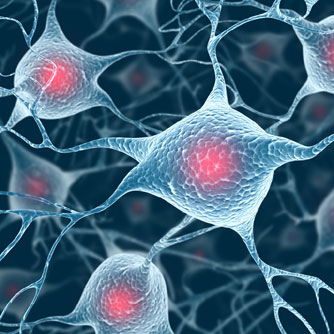Parkinson’s Disease is characterized by a loss of dopaminergic neurons, which leads to tremors and difficulty with movement and walking. Valina Dawson, from Johns Hopkins University School of Medicine’s Institute for Cell Engineering (Maryland, USA), and colleagues investigated the role of a protein, AIMP2, in a mouse model of Parkinson’s Disease The consequences were that the mice developed symptoms similar to those of Parkinson’s as they aged, the group found. As in Parkinson’s patients, the brain cells that make the chemical dopamine were dying. The team found that the AIMP2 was activating a self-destruct pathway called parthanatos by directly interacting with the protein poly(ADP-ribose) polymerase-1 (PARP1), which responds to DNA damage as well. Enzymes to block PARP1 are in-development, and the team found these enzymes also protect dopamine-making neurons from death, as well as prevent behavioral abnormalities similar to those seen in Parkinson’s disease. These observations lead the study authors to conclude that: “These data indicate that brain-permeable PARP inhibitors could effectively delay or prevent disease progression in Parkinson’s disease.”
New Therapeutic Target in Parkinson’s Disease
Yunjong Lee, Senthilkumar S Karuppagounder, Joo-Ho Shin, Yun-Il Lee, Valina Dawson, Ted M Dawson, et al. “Parthanatos mediates AIMP2-activated age-dependent dopaminergic neuronal loss.” Nature Neuroscience, 25 August 2013.
RELATED ARTICLES




